Life Cycles and Business Cycles
We all cycle through periods of development, growth, maturity and decline. Knowing where your organization is in the cycle is key.
Product Cycles
Life cycle comes from manufacturing. A manufactured item has a predictable life span. In informal conversation, it has been used to describe any product from development until it is no longer used.
This clip defines the timeliness of a product's life cycle: development, introduction, growth, maturity, and decline. The United States society is a consumer society which discovers new products and loses interest in old ones. How many of you have a portable typewriter now? This GIF image steps you through the phases:
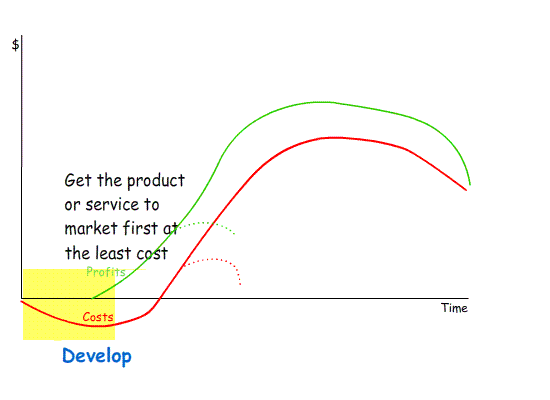
(To refresh the GIF, use back arrow then forward arrow.)
Economic Macro-Trends
Business responds to changes in demand. Demographics is the fundamental driver. For example in the United States, apartment, condo and single family residence construction fuels the economy as our population grows. In the next chart we see that private residential fixed investment historically since 1947 averaged 28% of total fixed investments. In the last five years, that decreased to 19%.
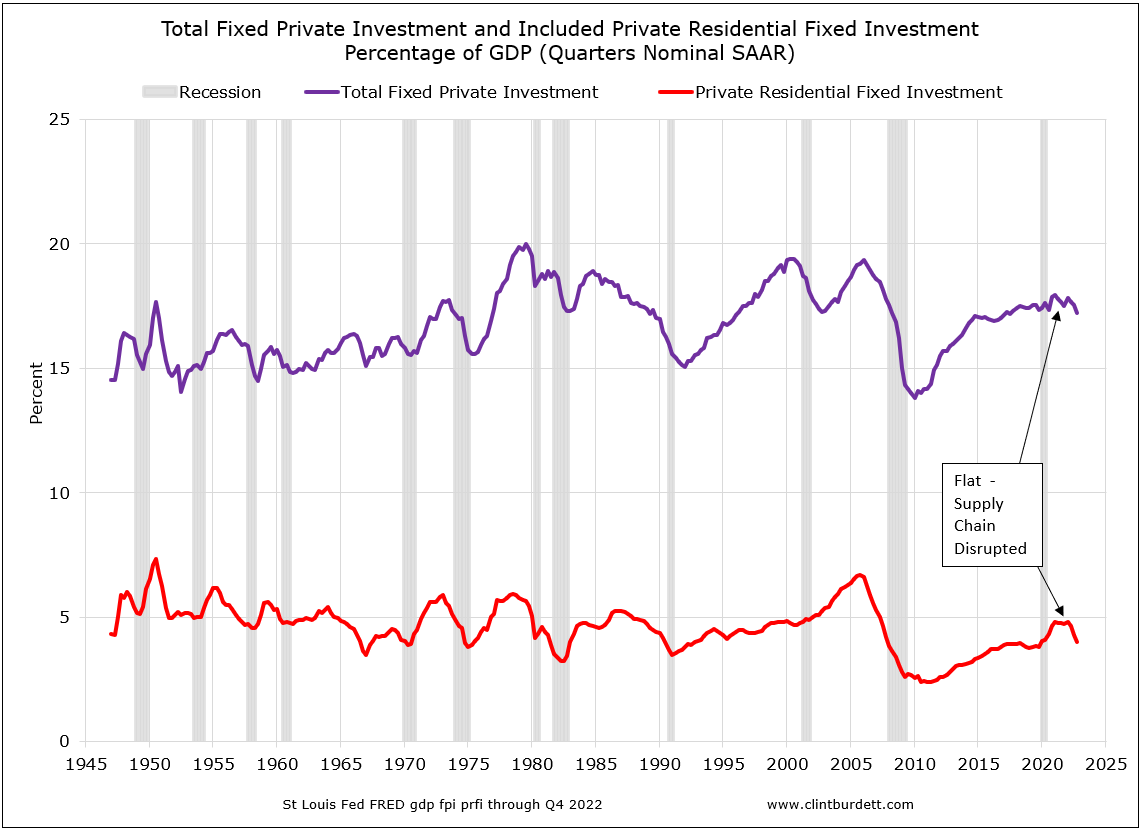 Click to see larger image Click to see larger image
Other components of total fixed private investment include non-residential structures, industrial equipment and intellectual property - software. Notice intellectual properties contribution to fixed investment is growing industrial equipment and nonresidential structures are gradually trending down as a percentage of GDP.
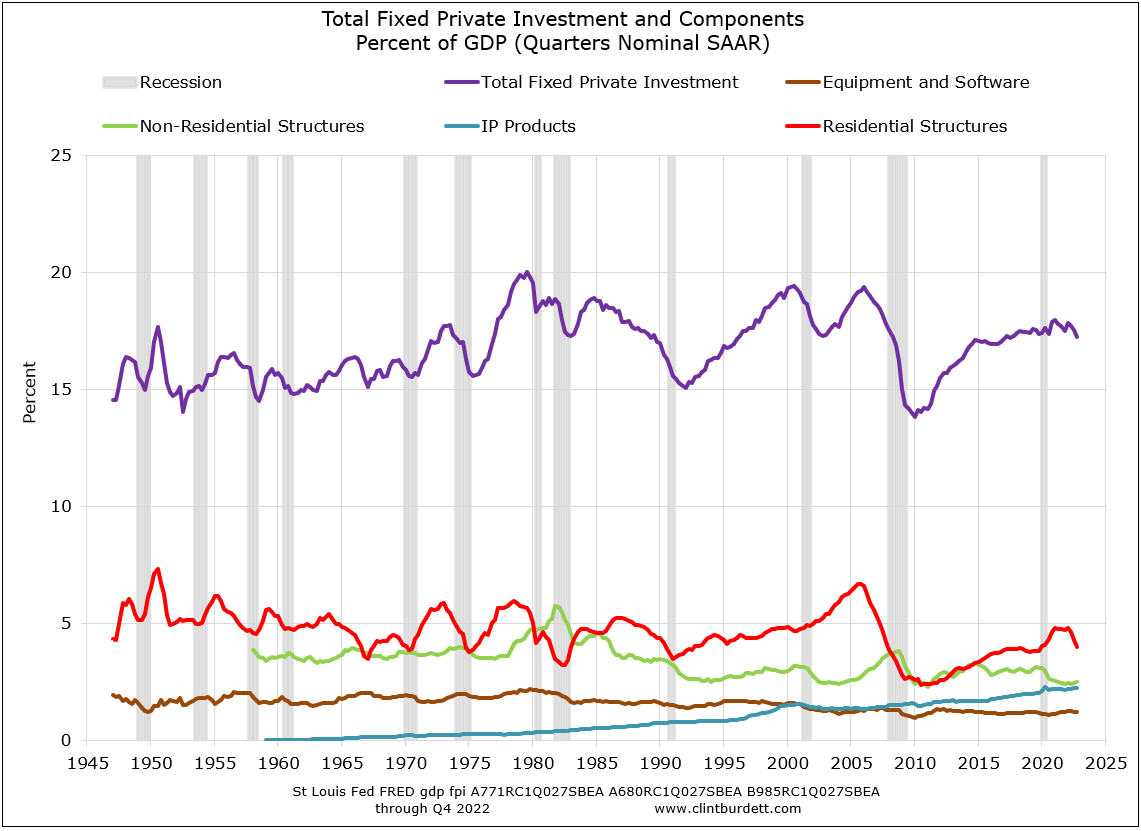 Click to see larger image Click to see larger image
Business Cycles
Just a s economies move through cycles, major business sectors adapt to change with investment aimed at what is new, innovative, growing and away from mature offerings with declining margins.
Investors shift their focus too - long term or short term. This chart shows how the difference between Federal Security yields for 2 year securities (shorter term horizon) and 10 year securities (longer term horizon) provides a leading indicator for credit trends anticipating business activity investing for the future (long term) or declining dramatically into a recession (short term). The media refers to the period from the end of a recession to the beginning of the next as a business cycle.
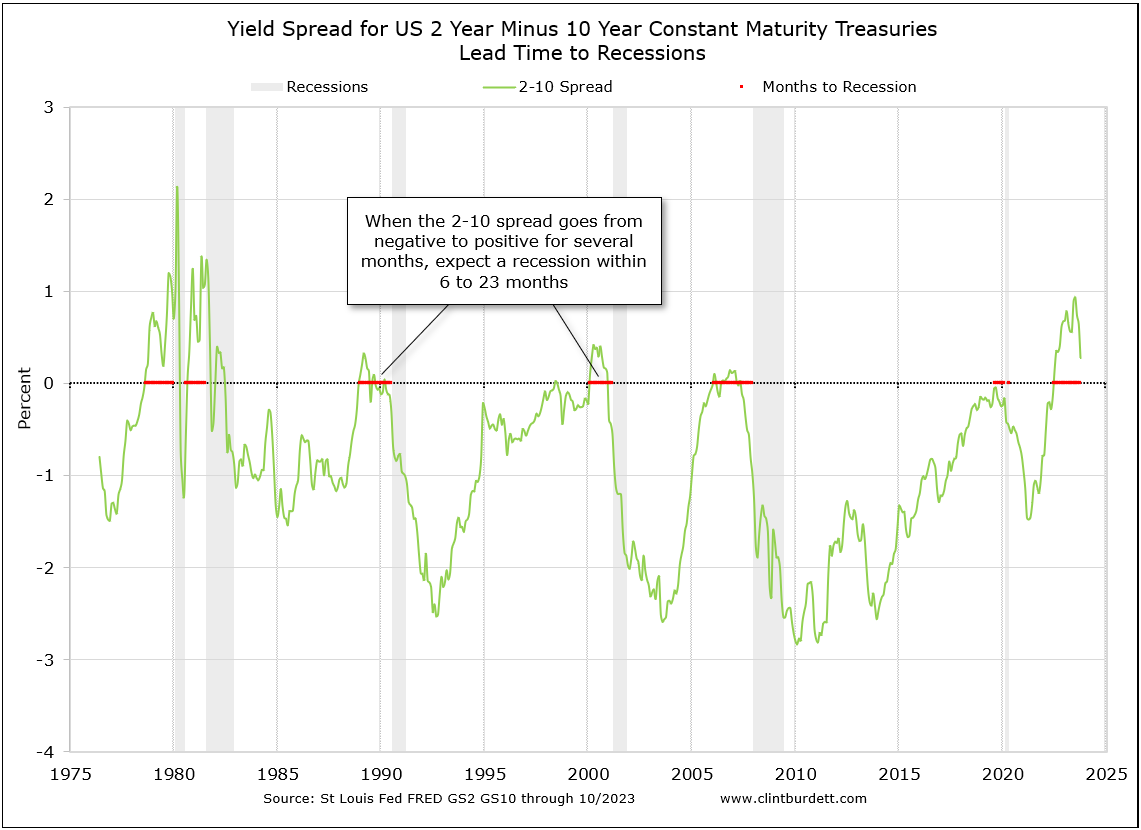 Click to see larger image Click to see larger image
Consumer spending patterns change demand. This chart shows how Personal Consumption Expenditures (PCE) percentage change from the previous year correlates to credit patterns seen in the 2-10 spread. This spread is the yield difference between 2 yr Treasury securities and 10 year Treasury securities. The greater the spread, the "steeper" the yield curve.
A decline in rate of change for PCE compared to the last year after the 2-10 spread is positive is often a leading indicator of the classic business cycle from end of one recession to the beginning of the next.
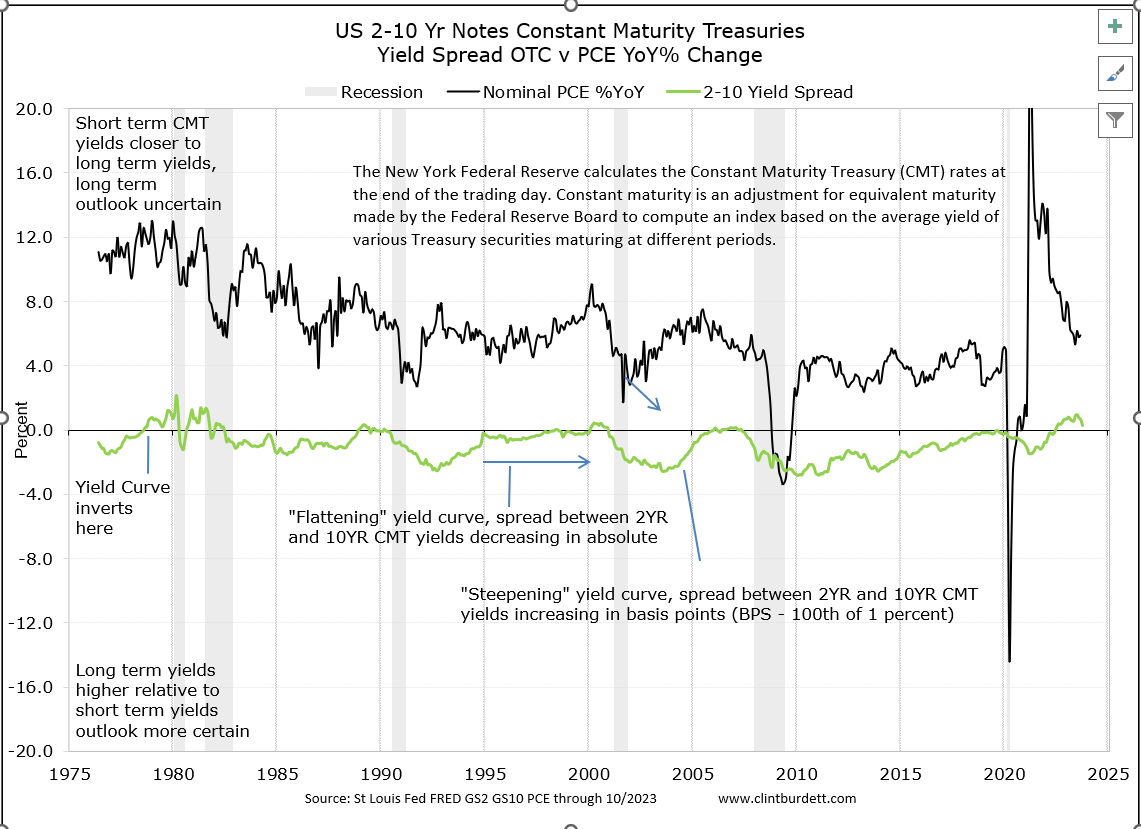 Click to see larger image Click to see larger image
Growth Strategies
There is a pattern I observed, starting with Clayton Christensen's work in Seeing What's Next. My clients have followed a similar route: innovation, a disruptive product, investor support to a mature business. Like the product life cycle, as businesses matures the team either innovates again or declines.
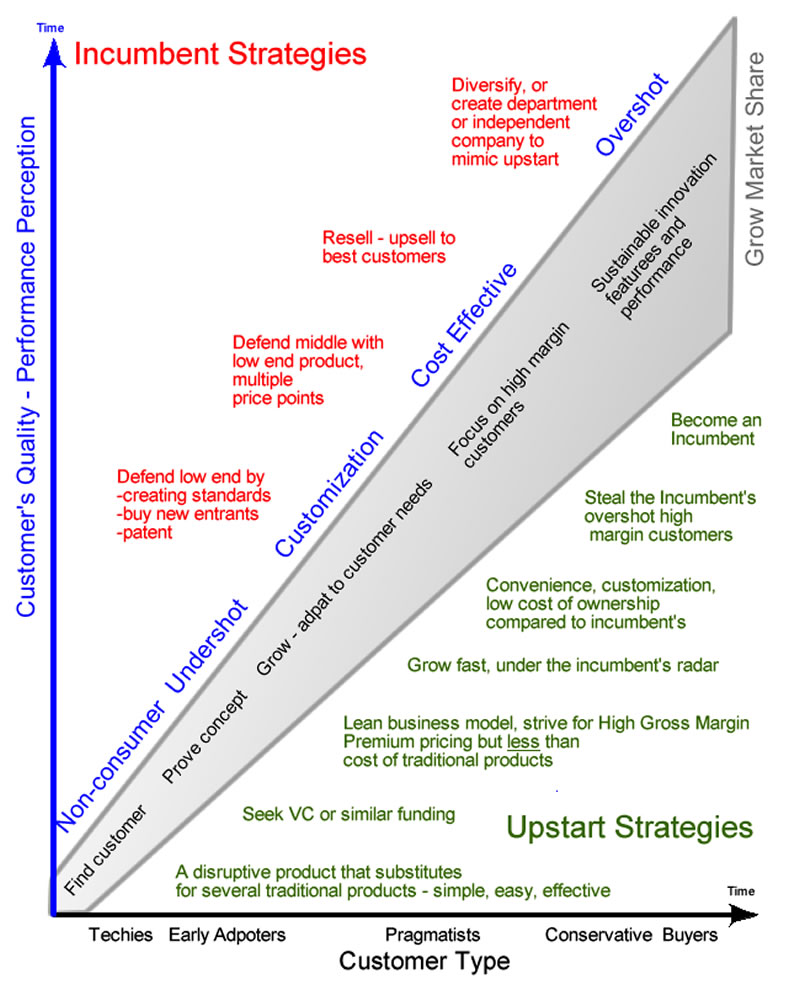 Click to see larger image Click to see larger image
 Levels Levels |
|
Demand  |
|